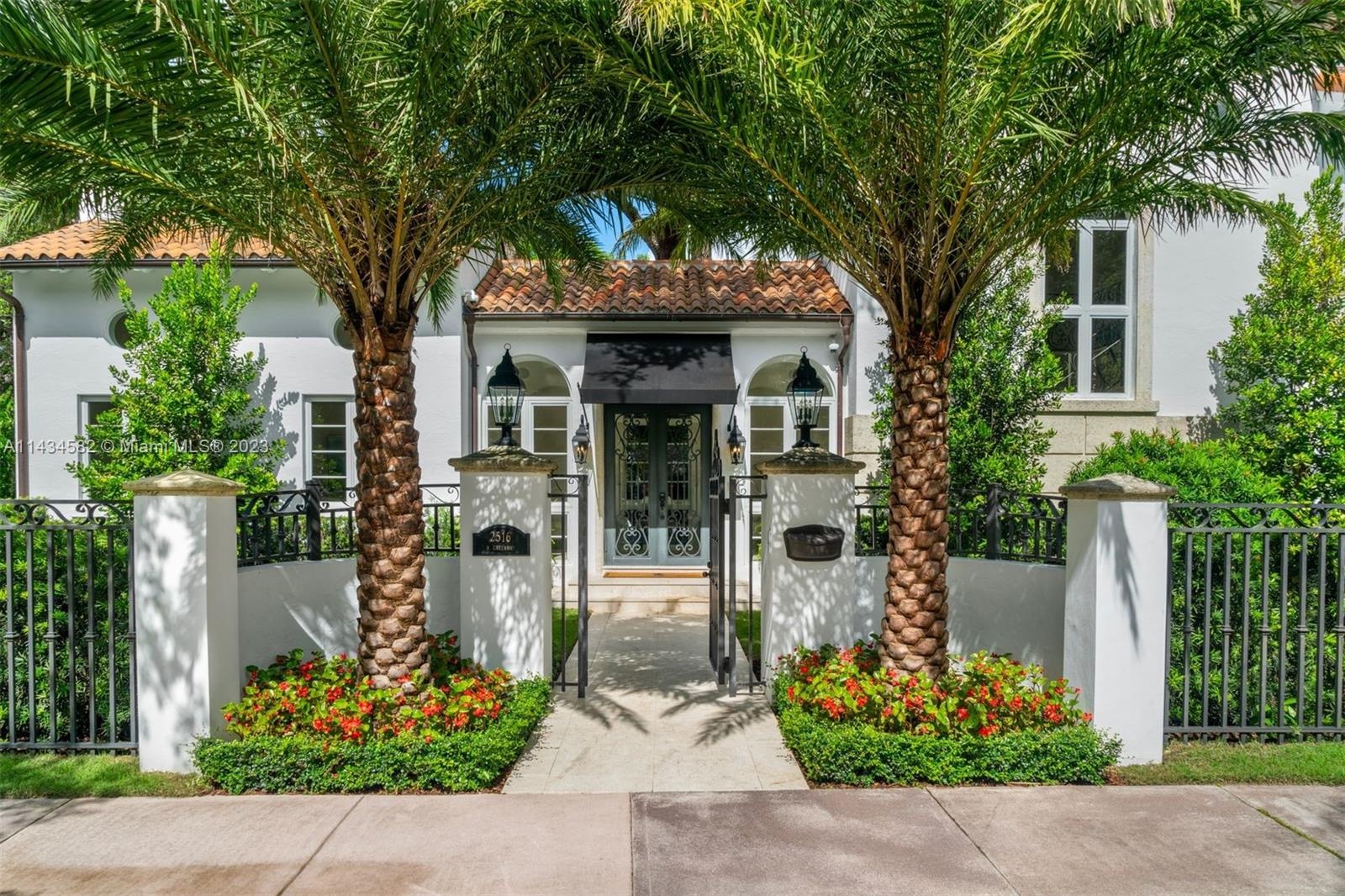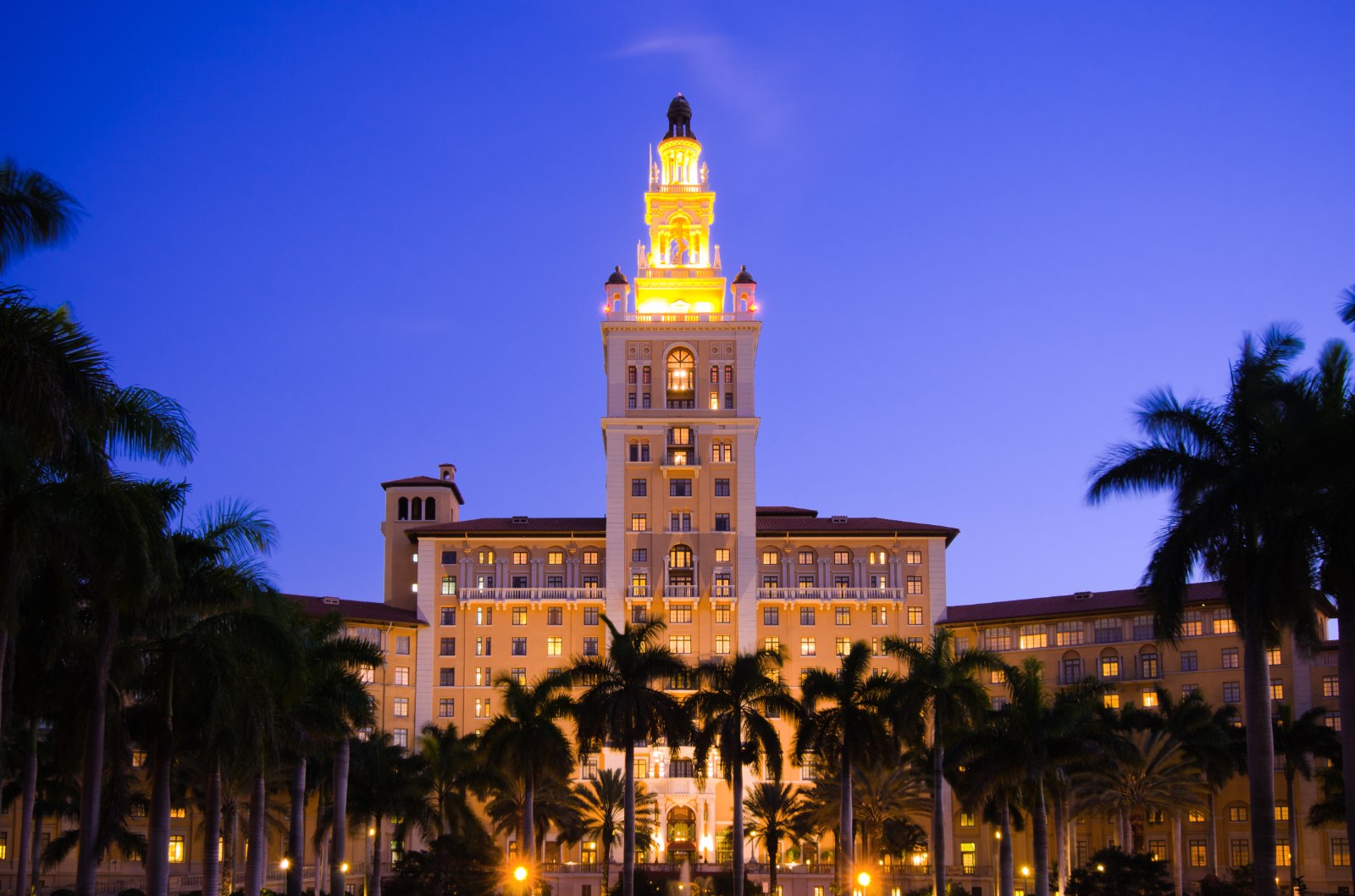Main Content
Expert tips for buying a historic home in Coral Gables

Historic homes in Coral Gables tell the story of the city itself. Built under George Merrick’s vision for “The City Beautiful,” these Mediterranean Revival and Old Spanish residences shaped the architecture and atmosphere that still define the area today. To call one home is to take part in that legacy, where every courtyard, tile, and arch reflects a century of craftsmanship and care.
If you’re thinking about buying a historic home in Coral Gables, here are practical tips to help you move through the process with confidence and make the most of your investment.
Table of Contents:
- Tip 1: Focus Your Home Search On Historic Districts
- Tip 2: Review Coral Gables’ Preservation Rules
- Tip 3: Plan For Restoration Costs And Long-Term Maintenance
- Tip 4: Hire An Inspector Who Specializes In Historic Properties
- Tip 5: Modernize Carefully To Preserve The Home’s Character
- FAQs
- Preserving The Past, Living The Present
TIP 1: FOCUS YOUR HOME SEARCH ON HISTORIC DISTRICTS
Every home in Coral Gables tells a story, but the most valuable ones are found in neighborhoods that have protected their character for generations. These areas reflect the city’s earliest design principles and remain benchmarks for architecture, community, and long-term value. Some of the most notable include:
- Country Club of Coral Gables Historic District: Centered around the 1923 Granada Golf Course, this area features restored Mediterranean Revival homes near the Biltmore and downtown. Coral rock details, shaded sidewalks, and consistent design standards give it enduring appeal.
- Old Cutler Road corridor and nearby enclaves: This tree-lined route connects many of Coral Gables’ grandest estates. Close to it, gated communities such as Cocoplum, Gables Estates, and Old Cutler Bay combine privacy with canal and bay access.
- Historic roadway and entrance features along Coral Way: These preserved gateways and landscaped streets capture Merrick’s original vision for beauty and order. They help define Coral Gables’ look while distinguishing it from the separate Coral Way neighborhood in Miami.
- Themed Villages: Designed by architects in the 1920s, these clusters, including the Italian, Chinese, and Dutch South African villages, offer rare examples of Merrick’s creativity and remain highly prized for their authenticity.
To better understand how Coral Gables’ design roots continue to influence its architecture and lifestyle, explore the timeless foundation of Coral Gables’ history, culture, and art.
TIP 2: REVIEW CORAL GABLES’ PRESERVATION RULES

Every historic home in Coral Gables carries a legacy, along with a set of preservation rules that protect it. These guidelines keep the city’s Mediterranean Revival and Old Spanish homes true to their original design and craftsmanship.
The Historic Preservation Board reviews exterior work on locally designated properties and homes within official historic districts. Projects that require a building permit, like additions, roof replacements, or facade updates, typically need approval to confirm that materials and design choices match the home’s original style.
Before making an offer, check whether the property is historically designated by reviewing the city’s Register of Historically Designated Properties or its public Historic Districts and Properties map. You can also contact the Historic Preservation staff to confirm the status and learn about any restrictions that may affect renovations or future plans.
TIP 3: PLAN FOR RESTORATION COSTS AND LONG-TERM MAINTENANCE
Historic homes in Coral Gables need ongoing care, and planning for that from the start helps protect their value and character.
Restoration costs vary depending on the home’s age and materials, but they often involve specialized work. Clay barrel tile roofs, custom wood windows, and stucco repairs require skilled tradespeople familiar with traditional techniques. Since the city reviews many exterior projects for design consistency, it might be a good idea to include extra time and resources in your renovation plan.
Maintenance should also be part of that plan. Coral Gables’ warm, humid climate can wear down paint, stucco, and ironwork faster than in cooler areas. Regular inspections, cleaning, and preventive upkeep help prevent larger repairs. Many homeowners also set aside a yearly budget for preservation-related maintenance to keep their property in top condition.
Some designated homes qualify for the Miami-Dade County Ad Valorem Historic Preservation tax exemption, which can lower property taxes on approved improvements for up to ten years. Check your eligibility early so you can balance restoration costs with long-term savings.
TIP 4: HIRE AN INSPECTOR WHO SPECIALIZES IN HISTORIC PROPERTIES

A standard inspection isn’t enough for a historic home in Coral Gables. You need someone who knows what to look for. Inspectors experienced in older properties understand the materials and construction methods that define these homes and can spot early signs of damage or deterioration before they turn into costly repairs.
During the inspection, pay attention to areas that tend to show wear first:
- Structure and settlement: Uneven floors or small cracks can reveal how a home has aged over time. A specialist can tell whether they’re cosmetic or signs of deeper structural movement.
- Roof and moisture: Clay tile roofs, flashing, and soffits often hide slow leaks. A thorough inspection should include documentation of tile condition, underlayment, and any evidence of water intrusion.
- Electrical and plumbing systems: Many older homes for sale in Coral Gables still have dated wiring or galvanized pipes. Reviewing these systems early helps you plan for upgrades that improve safety and meet insurance requirements.
- Windows and doors: Inspectors familiar with traditional joinery and historic finishes can flag poor repairs or replacements that affect both aesthetics and compliance with preservation rules.
Once the inspection is complete, ask for a written report with photos and a prioritized list of recommended repairs, starting with safety and moisture issues. This will give you a clear picture of the home’s true condition and help you move forward confidently with your restoration plans.
TIP 5: MODERNIZE CAREFULLY TO PRESERVE THE HOME’S CHARACTER
Modernizing a historic Coral Gables home isn’t about changing it – it’s about building on what already exists. The goal is to bring comfort and efficiency to a home that’s already defined by craftsmanship and detail.
Begin by identifying the elements that make the property special, such as arched openings, original tile, woodwork, or wrought iron. Plan updates that highlight these details instead of replacing them, and when new materials are needed, select ones that reflect the home’s original design and proportions. This approach keeps the architecture cohesive even as you adapt it for modern living.
Comfort-focused upgrades can be made with a light touch. Improving ventilation, updating mechanical systems, and adding insulation in low-impact areas like attics can make the home more efficient without disturbing its structure. When redesigning kitchens or bathrooms, keep layouts simple and use finishes that complement the home’s scale and materials so the space feels refreshed but still connected to its history.
FAQs
Are historic homes in Coral Gables more expensive than newer builds?
Often, yes. Prices reflect the architectural significance, limited supply, and desirable locations of these homes, especially near landmarks like the Biltmore and the Granada Golf Course. Their long-term appeal and stability tend to support higher values in established neighborhoods.
Can I renovate freely after purchasing a historic home in Coral Gables?
Not entirely. Exterior work on locally designated properties or within official historic districts generally requires review by the Historic Preservation Board when a building permit is needed. Interior updates are usually more flexible, but any work that alters structural elements or affects the exterior appearance may still require city approval. It’s best to confirm permit requirements and project scope with the Historic Preservation Division before starting.
What are the financial benefits of owning a designated historic property in Coral Gables?
Owners of designated homes may qualify for the Miami-Dade County Ad Valorem Historic Preservation Exemption, which can defer the property tax increase resulting from approved restoration or rehabilitation work for up to ten years. This program helps balance the cost of restoration with long-term savings.
Do historic homes appreciate differently in Coral Gables real estate?
Historic homes in Coral Gables often maintain strong value thanks to their craftsmanship, preserved character, and consistent demand in protected districts. While market conditions vary, homes that are well-maintained or restored according to historic standards tend to perform reliably over time and appeal to a dedicated buyer segment.
How can I verify if a home is historically designated in Coral Gables?
You can check the city’s Register of Historically Designated Properties or view its public Historic Districts and Properties map online. The city’s Historic Preservation staff can also confirm designations and advise on permit requirements for future work.
PRESERVING THE PAST, LIVING THE PRESENT
Owning a historic home in Coral Gables means becoming part of the city’s legacy. Each property reflects the craftsmanship and design that continue to shape its charm – the same timeless appeal that draws prominent figures and longtime residents who call “The City Beautiful” home.
With more than $9 billion in career sales volume, the Jills Zeder Group brings unmatched expertise to Coral Gables’ luxury and historic markets. Their team combines local knowledge with a deep respect for the city’s architecture, helping clients find homes that honor the past while embracing modern living.
To explore Coral Gables homes for sale or learn more about designated historic properties, contact The Jills Zeder Group.


